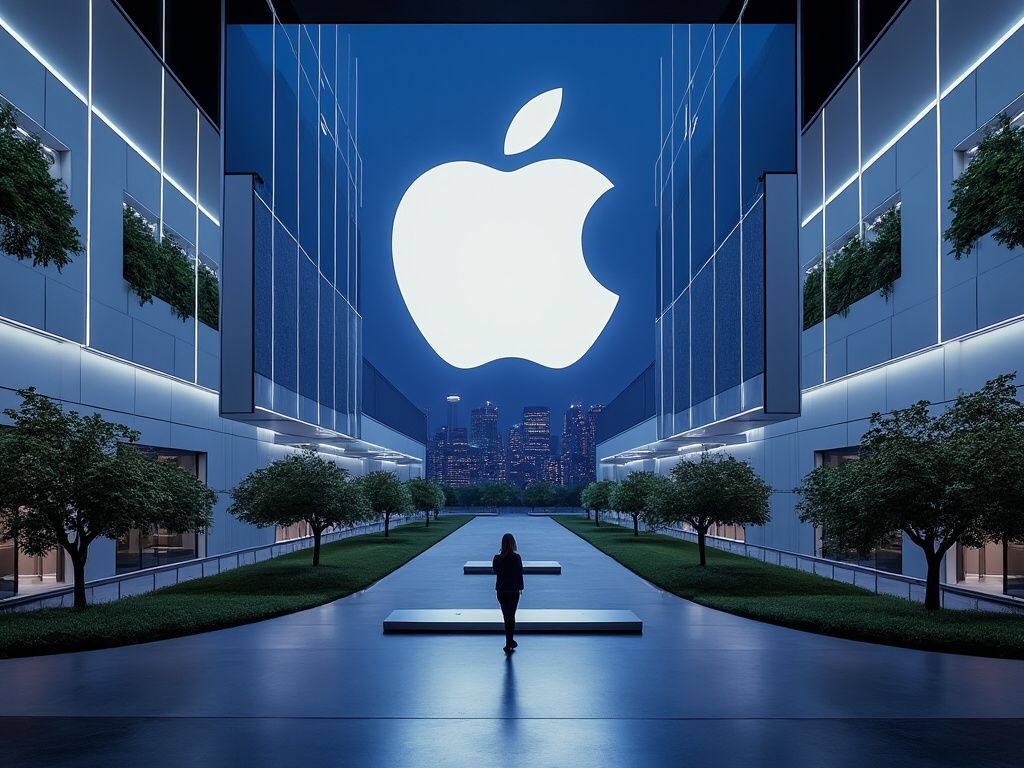Apple’s venture into advanced AI, dubbed “Apple Intelligence,” was a focal point at the Worldwide Developers Conference (WWDC) in June 2024. Here’s a comprehensive overview based on the announcements and discussions around that time:
– **Introduction of Apple Intelligence**: Apple unveiled its generative AI features under the name “Apple Intelligence.” This system aims to integrate deeply into Apple’s ecosystem, enhancing user interaction with devices through more intuitive and personalized AI capabilities.
– **Key Features**:
– **Personal Context**: Apple Intelligence uses personal data from apps like Calendar, Maps, and more to provide tailored responses and actions, emphasizing privacy with on-device processing where possible.
– **Genmoji**: A new feature where users can generate custom emoji-like reactions dynamically, expanding the expressiveness available to users in messaging.
– **Siri Enhancements**: Siri gets a significant upgrade, becoming more conversational and context-aware, with the ability to handle more complex queries and actions across apps, including third-party applications.
– **Image and Text Generation**: With features like Image Playground, users can create images by describing what they want, selecting styles, and even incorporating people from their photo library. Additionally, there’s enhanced text generation for emails, messages, and more.
– **Memory Movies**: AI can compile photos and videos into themed movies, crafting a narrative based on user descriptions.
– **Privacy and Processing**:
– Apple emphasized its commitment to privacy with Apple Intelligence. Much of the AI processing happens on-device, but for more complex tasks, Apple introduced “Private Cloud Compute,” where server-based models run on Apple silicon, ensuring data privacy.
– **Integration with OpenAI**: While Apple is developing its own AI capabilities, it has also integrated ChatGPT from OpenAI into its system. This integration is opt-in, where Siri can leverage ChatGPT for answers it can’t generate itself, but only with user permission.
– **Device Compatibility**: The new AI features are available on iPhone 15 Pro and Pro Max, and on iPads and Macs with M1 chips or later, indicating a need for advanced hardware to support these functionalities.
– **Strategic Positioning**: Apple positions AI not as a standalone product but as a feature to enhance the attractiveness of its core products. This approach contrasts with some competitors who offer AI as a separate service.
– **Market and Analyst Reaction**: The announcement was seen as Apple’s attempt to catch up in the AI race, with analysts like Dan Ives from Wedbush Securities viewing it as potentially pivotal for Apple’s future, especially in revitalizing iPhone sales.
– **Public and Developer Reception**: From X posts and other reactions, there’s a mix of excitement about the personalization and integration of AI into everyday tasks, alongside some skepticism about how Apple’s AI compares to other tech giants’ offerings in terms of innovation and openness.
Apple’s strategy with AI seems to be about enhancing user experience within its ecosystem, focusing on privacy, and integrating AI as a seamless part of its device functionality rather than a separate entity.







